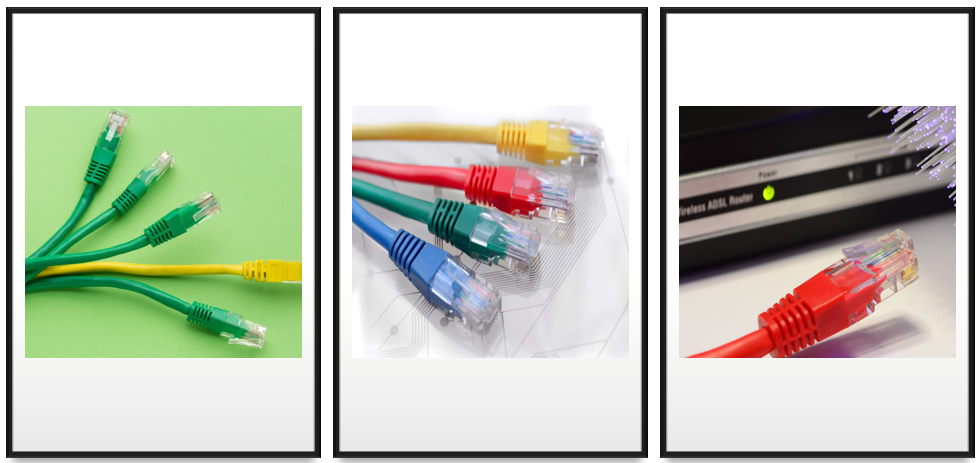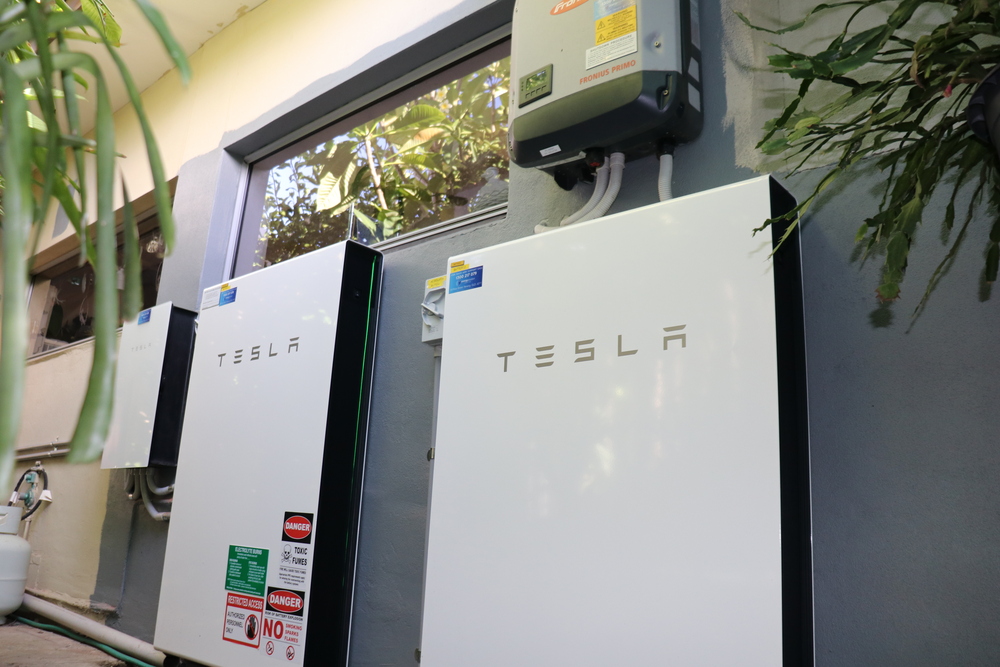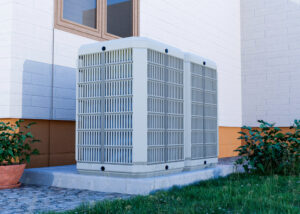In today’s digital age, choosing the right type of internet connection for your home or office is crucial. Whether you’re a business in New York or a homeowner looking to optimize your network, the choice between Ethernet and Wi-Fi can significantly impact your experience. Ethernet cables, such as Cat6 Plenum 1000ft, offer specific advantages, but Wi-Fi also has its merits. Let’s explore the pros and cons of Ethernet vs. Wi-Fi to help you make an informed decision.
The Basics of Ethernet and Wi-Fi
Ethernet is a wired network technology that connects devices to the internet through cables, like Cat6 Cables or Cat6 Solid Copper cables. It has been a staple in both home and commercial networking for decades. On the other hand, Wi-Fi is a wireless technology that allows devices to connect to the internet without the need for physical cables. Both have their unique benefits and drawbacks.
Pros of Ethernet
Speed and Reliability
Ethernet connections are known for their superior speed and reliability. With Cat6 Plenum Cable, you can achieve speeds up to 10 Gbps over short distances. This high-speed connection is particularly beneficial for activities requiring substantial bandwidth, such as video conferencing, online gaming, and large file transfers. The consistency of a wired connection means you experience fewer interruptions and lower latency compared to Wi-Fi.
Security
Security is a major advantage of Ethernet. Wired connections are inherently more secure because they are not broadcasting signals that can be intercepted. This makes Ethernet a preferred choice for businesses handling sensitive information. Using Cat6 Ethernet Cable in a New York office, for example, ensures that your data remains protected from external threats.
Less Interference
Unlike Wi-Fi, Ethernet is not susceptible to interference from other electronic devices. Wi-Fi signals can be disrupted by microwaves, cordless phones, and even neighboring Wi-Fi networks. Ethernet cables, such as Cat6 Plenum 1000ft, provide a stable connection free from such interference, ensuring consistent performance.
Cons of Ethernet
Installation and Mobility
One of the significant drawbacks of Ethernet is the complexity of installation. Running cables through walls, ceilings, or floors can be challenging and may require professional help. Additionally, Ethernet restricts mobility. Devices must remain connected to a physical cable, limiting the flexibility to move around.
Aesthetic and Space Concerns
Ethernet cables can clutter your space and may not be visually appealing. In modern, minimalist setups, running cables across rooms can be an eyesore. Despite their functionality, managing and concealing Ethernet cables like Cat6 Plenum Cable can be cumbersome.
Pros of Wi-Fi
Convenience and Mobility
Wi-Fi’s biggest advantage is its convenience. Wireless networks allow you to connect multiple devices from anywhere within the signal range. This flexibility is perfect for households and businesses that require mobility. Whether you’re using a laptop in your living room or conducting a meeting in different rooms of your office, Wi-Fi provides the freedom to stay connected without being tethered to a cable.
Easy Installation
Setting up a Wi-Fi network is relatively simple. Most modern routers come with user-friendly interfaces and step-by-step guides. Unlike Ethernet, which may involve drilling and extensive cabling, Wi-Fi can be set up with minimal effort and technical knowledge.
Cost-Effective for Large Spaces
For large offices or multi-story homes in New York, Wi-Fi can be more cost-effective. Running Ethernet cables to every room can be expensive and labor-intensive. Wi-Fi allows for expansive coverage without the need for extensive cabling, reducing installation costs.
Cons of Wi-Fi
Speed and Stability
While Wi-Fi technology has improved significantly, it still lags behind Ethernet in terms of speed and stability. Factors such as distance from the router, physical obstructions, and network congestion can affect Wi-Fi performance. For bandwidth-intensive tasks, Ethernet remains the superior choice.
Security Vulnerabilities
Wi-Fi networks are more vulnerable to security breaches. Even with encryption protocols like WPA3, wireless signals can potentially be intercepted by unauthorized users. This makes Wi-Fi less secure compared to the wired connections provided by Cat6 Ethernet Cable.
Interference Issues
Wi-Fi is prone to interference from various electronic devices and even physical barriers like walls and floors. This can lead to signal degradation and inconsistent performance. High-density environments, such as apartment buildings in New York, often experience Wi-Fi congestion, leading to slower speeds and frequent disconnections.
Use Cases for Ethernet
Gaming and Streaming
For gamers and streamers, Ethernet is often the preferred choice. The low latency and high speeds of Ethernet cables, like Cat6 Plenum Cable, ensure a smooth and uninterrupted experience. Competitive gamers in New York rely on Ethernet to avoid lag and maintain an edge in gameplay.
Business Environments
In a business setting, especially in data-intensive industries, Ethernet provides the reliability and security needed for operations. Offices using Cat6 Plenum 1000ft cables can ensure stable connections for multiple workstations, reducing downtime and increasing productivity.
Home Office Setups
For remote workers, a wired connection can mean the difference between a successful video conference and a frustrating one. Ethernet ensures a stable connection, crucial for video calls, large file uploads, and cloud-based applications.
Use Cases for Wi-Fi
General Home Use
For typical household activities such as browsing the internet, streaming movies, and social media, Wi-Fi is more than adequate. The convenience of connecting multiple devices without cables makes Wi-Fi ideal for family use.
Mobile Devices
Smartphones, tablets, and other mobile devices benefit greatly from Wi-Fi. The ability to move freely around your home or office without losing connectivity is a significant advantage.
Temporary Setups
For temporary or changing setups, such as events or short-term rentals, Wi-Fi is the practical choice. It eliminates the need for permanent infrastructure, allowing for quick and flexible network access.
Hybrid Solutions: The Best of Both Worlds
Many modern environments benefit from a hybrid approach, utilizing both Ethernet and Wi-Fi. For instance, an office might use Ethernet for desktop computers and critical infrastructure while providing Wi-Fi for mobile devices and guest access. This setup maximizes the strengths of both technologies.
Choosing the Right Ethernet Cable
Selecting the right cable is essential if you decide that Ethernet is the best choice for your needs. Cat6 Cable is a popular choice due to its balance of performance and cost. For environments where fire safety is a concern, such as commercial buildings, Cat6 Plenum Cable is recommended because it is designed to prevent the spread of fire.
For longer runs or outdoor installations, Cat6 Plenum 1000ft provides the durability and performance needed for reliable connections. Additionally, using Cat6 Solid Copper cables ensures better conductivity and longevity compared to cheaper alternatives.
Future-Proofing Your Network
As technology evolves, so do networking standards. Investing in high-quality cables like Cat6 Plenum Cable ensures your network is future-proofed for upcoming advancements. Even if your current equipment doesn’t fully utilize the capabilities of Cat6, it provides room for growth as new devices and higher speeds become standard.
Conclusion
Deciding between Ethernet and Wi-Fi depends on your specific needs and circumstances. Ethernet offers unparalleled speed, reliability, and security, making it ideal for gaming, business environments, and home offices. Wi-Fi, with its convenience and flexibility, is perfect for general home use, mobile devices, and temporary setups.
For businesses and homeowners in New York, a hybrid solution often provides the best balance, leveraging the strengths of both technologies. Investing in quality cables, such as Cat6 Plenum 1000ft, ensures a robust and future-proof network.
By understanding the pros and cons of Ethernet vs. Wi-Fi, you can make an informed decision that best suits your connectivity needs, ensuring a seamless and efficient digital experience.









